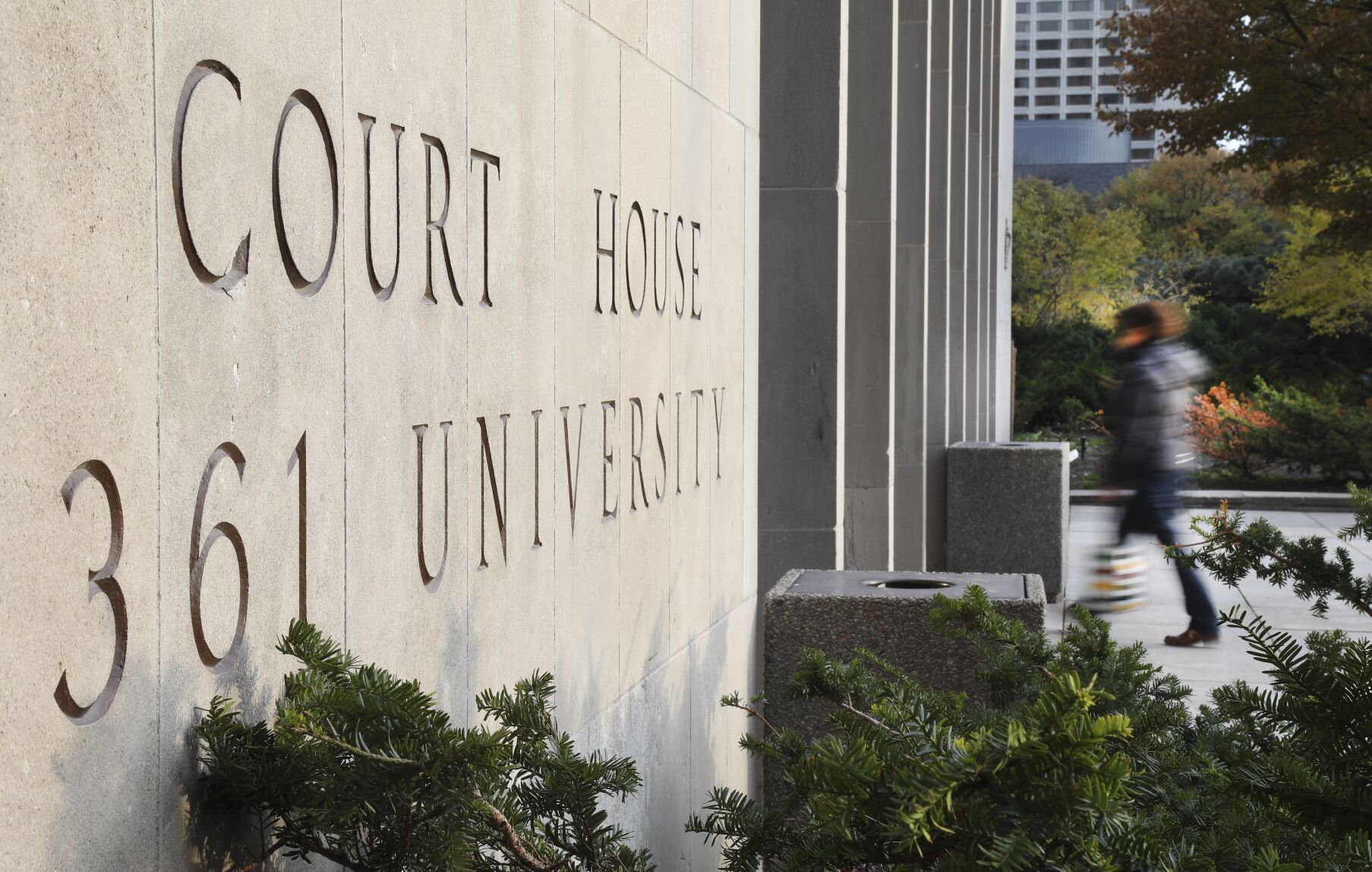CanadaÔÇÖs bail system is once again being questioned after the revelation that the man accused of shooting a police officer in pc28╣┘═°last Wednesday was out on bail at the time.
In and again , CanadaÔÇÖs premiers sent letters to Prime Minister Justin Trudeau asking for the bail system to be reformed and strengthened to prevent people who have been accused of a crime and released on bail from committing more offences.
Despite the government making changes to the system at the beginning of this year, reoffending still seems to be a prevalent issue.
How does the bail system work in Canada?
In Canada, some people who have been charged with a criminal offence are allowed to be released from police custody while they wait for their trial.
The Canadian Charter of Rights and Freedoms says that all people have a right to liberty and to be assumed innocent until proven guilty. Access to ÔÇťreasonable bailÔÇŁ is also recognized as a constitutional right in the Charter, meaning people canÔÇÖt be denied bail without ÔÇťjust cause.ÔÇŁ
According to the , when determining that someone should not be granted bail, finding just cause requires considering whether the accused offender needs to be detained to ensure they go to their scheduled court date, to keep the public ÔÇö including victims ÔÇö safe or to maintain public trust in the justice system.
Decisions made in the Supreme Court of Canada (SCC) within the last decade have set the precedent that for most alleged crimes, the accused should be released on bail at the earliest opportunity with as few restrictions as possible.
WhoÔÇÖs responsible for what?
The federal, provincial and territorial governments share responsibility for CanadaÔÇÖs criminal justice system.
According to information on the Department of Justice website, the federal government is responsible for enacting criminal law and procedures, including those relating to bail.
On the other hand, provincial governments are responsible for prosecuting most criminal offences that happen in their jurisdiction, conducting bail hearings related to those offences and enforcing conditions on those who have been released on bail, according to the website.
In the territories, the federal government prosecutes criminal offences and deals with bail and any breaches of it through the Public Prosecution Service of Canada.
The Government of Canada made in collaboration with the provinces, law enforcement, community organizations and Indigenous partners that came into effect in January.
Some of the changes address serious and violent repeat offences and the risks posed by intimate partner violence by making it the accused’s responsibility to prove that they should be released while they await trial instead of assuming they should be.┬á
When asked to comment on the state of the system, Minister of Justice Arif Virani’s spokesperson said in an email to the Star that there just isn’t enough court space to hold contested bail hearings, “so (the courts) are consenting to bail.”
“Ontario must step up and ensure their courts and prosecutors are well resourced, that provincially appointed Justices of the Peace are applying the law, and that bail reviews are considered when there are concerns that bail was granted improperly,” the spokesperson said. “It’s time to stop deflecting and start enforcing the laws that we passed in collaboration with the provinces and territories.”
To address concerns about crime, Premier Doug Ford recently appointed Brampton North MPP Graham McGregor to a new role in Ontario’s Cabinet called the Associate Minister of Auto Theft and Bail Reform.
“The federal government is responsible for the Criminal Code and while Ontario appoints the judges, they write the instruction manual,” McGregor’s spokesperson said in an email to the Star when asked to comment on calls for reform and how he plans to address the issue provincially.
“Their lenient system created the circumstances that resulted in an Ontario police officer getting shot in the stomach at five in the afternoon,” the statement said. “Enough is enough.”
Is reform working?
Part of the challenge in reforming bail and addressing reoffenders is that there is “a lot of misinformation right now about the state of the bail system,” said Shakir Rahim, director of criminal justice at the Canadian Civil Liberties Association (CCLA).┬á
“One of the narratives I think that has been pushed by some in the public sphere is that bail is somehow easy to get,” said Rahim. But a finding that 70 per cent of people held in provincial and territorial courts in 2022 were there pre-trial shows that’s not true, he explained.
According to , that number rose to around 80 per cent in Ontario for the same period. 
Rahim doesn’t deny that there are important conversations to be had around public safety and how the bail system contributes to it, but “a lot of different levels of government, or police forces, want to reduce the problem to something that is based on a false conclusion,” he said.
When it comes to reforming the bail system, Rahim explained “you have to have the data to study it, and you have to invest in solutions that we know are actually effective for ensuring compliance with bail conditions.”
Potential solutions could look like bail beds for those who could be released but have nowhere to stay, reducing adjournments in bail hearings to speed up the process and increasing funds for legal aid services.
Efforts Rahim feels “are just not being taken up by any level of government in a meaningful way.”
Correction — Oct. 15, 2024
This article has been updated. A previous version incorrectly stated that territorial governments are responsible for prosecuting most criminal offences that occur in their jurisdiction. In fact, in the territories the federal government is responsible for these prosecutions and deals with bail and bail breaches through the Public Prosecution Service of Canada.




















To join the conversation set a first and last name in your user profile.
Sign in or register for free to join the Conversation